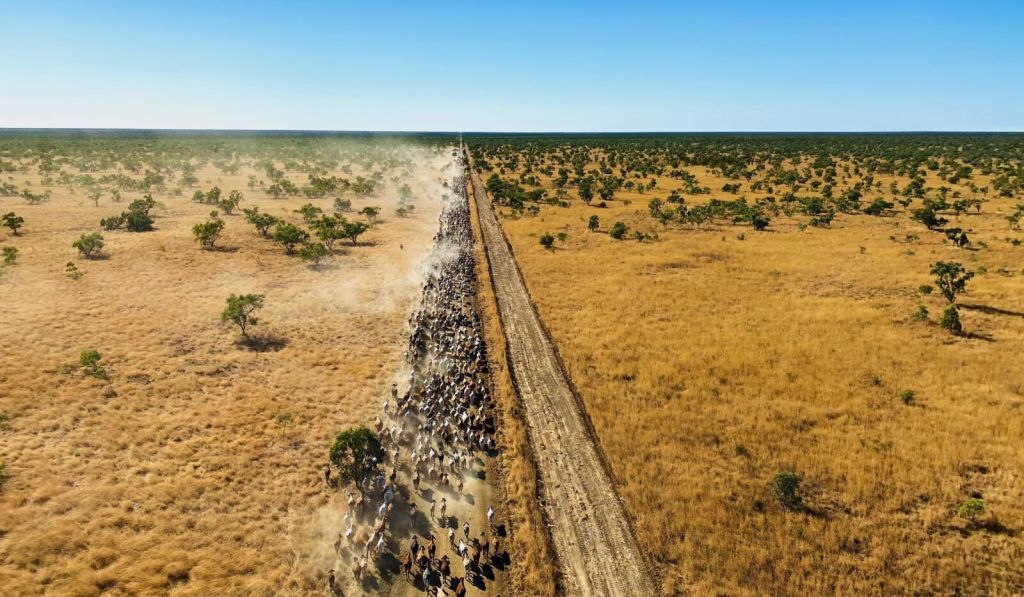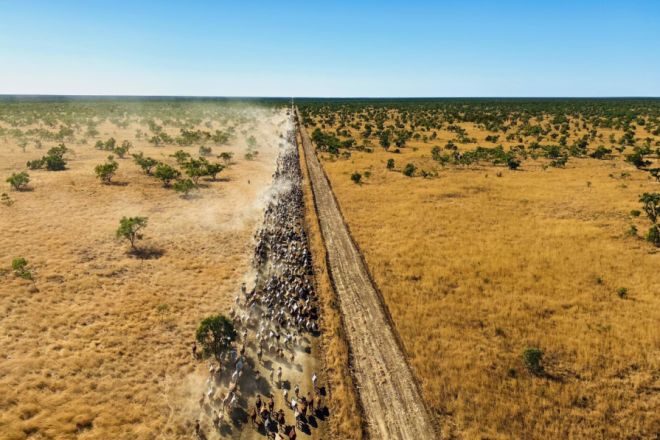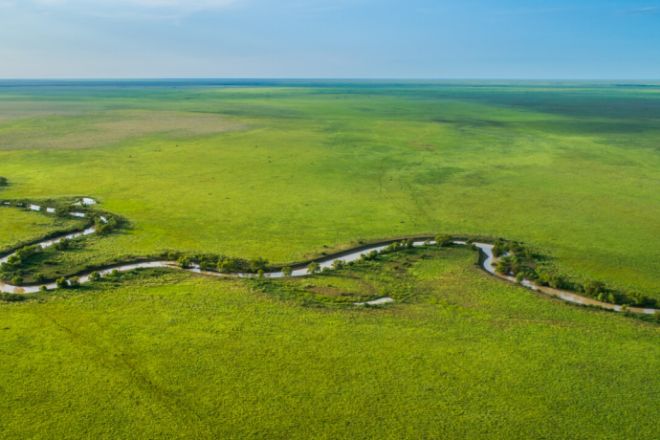Brett Blundy, a high-net-worth individual rated as “one of Australia’s most talented retailers” is in the midst of a super sale of assets.
Not only is he liquidating two of the Northern Territory’s biggest and best set-up cattle stations, but he’s also put his 89-metre superyacht Cloud 9 on the market.
Think in the vicinity of $240 million to purchase the seven-suite private yacht that, with a crew of 27, charters through Burgess for over $1.5 million – a week! Burgess is also the selling agency.
“He’s really only trading the yacht in – he’s already got another one coming,” chuckles Rawdon Briggs of Colliers Brisbane, the agent who is fielding enquiries for the two massive NT cattle stations of the Beetaloo Aggregation and the Walhallow and Creswell Downs combination.
The 63-year-old Brett Blundy started out as a seller of ladies’ lingerie (through Bras N Things), CDs (Sanity Records) and other retail chain products, before founding BBRC – an investment powerhouse that diversified into fund management, property, technology and agriculture.
From 2014 to 2016 (about the same time as he took delivery of his yacht), and in various partnerships, Blundy bought into the cattle production industry. With the two stations currently looking for new owners, plus the recently divested Amungee Mungee station near Daly Waters, by 2018 he’d amassed so much northern Australian turf that he’d become one of the 10 largest landowners on the planet.
Like Gina Reinhart, who has been selling her West Australian grazing properties to move the Hancock Agriculture operations into concentrated feed lots in the eastern states, over the last 12 months Blundy has been moving out of the pastoral industry. Unlike Reinhart, however, he is exiting the beef industry altogether.
The 1.05-million-hectare Beetaloo, its infrastructure and 72,000 head of cattle are up for grabs at a time when the beef industry is running hot due to prices of $5 to $8 per kilogram, according to Rabo Bank, and with the land generally looking lush as it rebounds thanks to some good rains which have allowed for the rebuilding of herds,
And after unsuccessfully concluding what would have been a record price for an Australian pastoral holding last year, the 1.003-million-hectare Walhallow and Creswell Downs has again returned to market.
Why get out of the Australian industry now when, as Briggs says, “the demand pool for beef is enormous because other national suppliers like Canada, the US and South America are struggling to feed the world”?
“Because Brett’s a pragmatic investor,” Briggs says. “He’s been divesting [pastoral and retail] for the past two years. He’s a seller. He doesn’t keep companies for generations. He buys, adds value and then sells things.”
The smart retail strategy is to sell when the value add has been completed. And on both stations, many millions have been poured into improving yards, roads, fencing and water. “These properties were a mess before he bought them and they’ve been pulled into action,” Briggs says.
Since 2019, quality Australian farmland values have been on an upward trajectory, which is why billionaires like to “buy scale”. Scale is what this pair certainly represents because together they add up to over two million hectares. Briggs is quick with a correction – “2.58 million-plus hectares”.
While the mid-2022 Walhallow and Creswell Downs sale failed to be realised at around $250 million, and bought the property back to market, Briggs confirms that there are plenty of interested parties for it, and for Beetaloo.
“Sniffing around are American funds and some high-net-worth individuals who are already in the industry,” he says.
“There’s a huge bow-wave of demand and there are plenty of people who think that beef prices are only going to go higher”.
Time on the market for agricultural land is not something sellers sweat too much, the agent says. “Even for small farms, it can sometimes take nine months. For northern Australia it can take 12 to 15 months. Even years is not uncommon. But these places won’t stay on the market for that long.”


